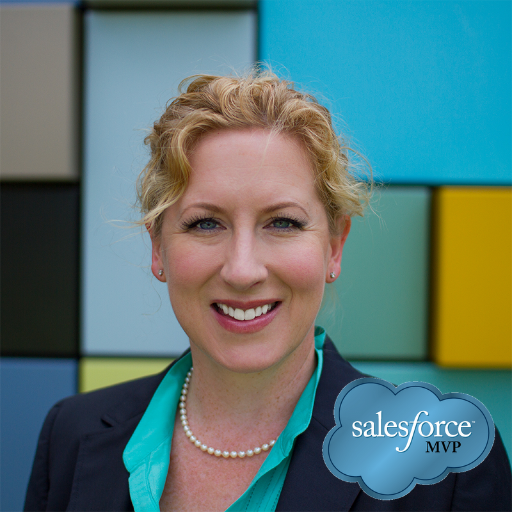5 Common Salesforce Implementation Mistakes
The following is a guest post by Endiem’s principal consultant, Geraldine Gray.
 CRM implementation projects can be easy or they can be hard. Regardless, I’ve seen almost every scenario, and I can usually predict the success, failure and key challenges of a project long before kick-off. I’ve worked on hundreds of Salesforce implementation projects from Sales Cloud for 2 users to Communities for 20,000 users (I stopped counting at 300!) so with practical advice and slight irreverence here are some of the most common challenges we run into:
CRM implementation projects can be easy or they can be hard. Regardless, I’ve seen almost every scenario, and I can usually predict the success, failure and key challenges of a project long before kick-off. I’ve worked on hundreds of Salesforce implementation projects from Sales Cloud for 2 users to Communities for 20,000 users (I stopped counting at 300!) so with practical advice and slight irreverence here are some of the most common challenges we run into:
“It’s so easy even *I* can do it!”
Salesforce is sold as super-easy to implement, and it can be, but the way you set up a Salesforce environment the first time is not how you would set it up the second, third or 300th time.
We work on many re-implementation projects where Salesforce failed to launch and “sat on the shelf” for a year until a new owner came in. Get expert advice before day one if you want to be sure of adoption and process consistency.
“Everyone’s going to use Salesforce for everything. From day one!”
It sounds shocking but most Salesforce customers have never defined, formalized, enforced or even communicated their standard sales processes.
Trying to implement Salesforce for inside/outside sales and marketing activities along with renewals and contract management and then piling on customer service will give any team a bad case of data indigestion. Better to start small with a laser-focus; pilot with an innovative group that can give constructive feedback; then iterate and release slowly to the larger audience.
“Can’t you just make it work like Google?”
Sure, if you have Google-sized pockets we can make Salesforce do anything!
Salesforce is an extensible tool and the AppExchange is a Swiss Army toolkit, but companies still need to customize it for their business. Better to start small, prove the methodology and gain success and then bend the platform with code once you’re sure the sales process works.
“Salesforce will solve all our crummy data problems.”
Salesforce cannot solve lead gen or customer intimacy data issues unless you’ve incorporated a standard methodology, best practices and configured the tool to match.
When reimplementing Salesforce, we often encounter scenarios where 80%-90% of the fields on the page have not been populated (there are free tools that provide insights) because the users are being asked for data when they don’t know the answers or data that only applies to a handful of scenarios.
“We want to put everything in Salesforce!”
Salesforce is an extensible platform but when designing the solution architecture of Salesforce it’s better to solve for 85% of the business scenarios that occur every day or every month rather than configuring Salesforce to accommodate the random one-off occasions which just muddy the waters of a solid business process. Concentrating on standard processes that can be defined, automated and measured will provide efficiencies and time-savings.
Ultimately what you do with your Salesforce project is determined by your business and technical requirements but if you start small(ish) you can minimize risk, build on success and expand the platform at a rate that suits everyone – not just the few people with big ideas who aren’t necessarily responsible for execution, adoption and on-going success.
Aside from lots of funny tales from the trenches we also have decades of project experience, so please contact us here at Endiem if you’d like some help you with your Salesforce implementation.
